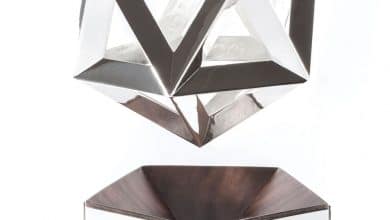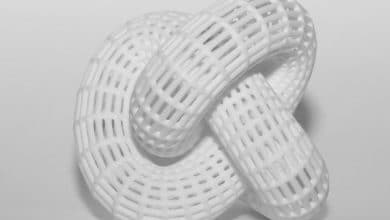
Contents
What you should definitely pay attention to in the 3D design
With all the complexity of challenges in the field of 3D design, some essential rules can be formulated for avoiding problems in the design of 3D models.
Specifically, we came up with 5 points.
Point 1: Observe the material properties
Especially with regard to the constantly growing number of 3D-printable materials, it is truer than ever: Every material is different, with essential consequences for its processing. This means that the material can be soft or firm, rubbery or firm, rough or smooth, light or heavy, to name the most important points. It follows that the model is designed with the desired 3D material in mind. For example, ceramic enables very specific models, while TPU allows for completely different ones.
In a similar context, we recently reported on Shore hardness as a standardized measure of the hardness of materials.
Point 2: Consider the peculiarities of the printing process
This point is directly related to point 1, because of course the printing process is closely related to the material chosen, which is particularly true for plastics. One can therefore say: Not only every material has its own characteristics, but also every 3D printing technology in which this respective material is processed.
A concrete example of this are closed components, which are possible in ABS, PA, alumide and TPU, but not in resin and metals. The reason for this does not lie in the respective materials themselves, but in the printing processes used.
For this reason, when designing for metal 3D printing, it must also be taken into account that different printing technologies, each with their own specific characteristics, are used.
Point 3: Pay attention to wall thicknesses
Incorrectly designed wall thicknesses are among the most common reasons why 3D models cannot be printed. Therefore, please pay very close attention to the information about the respective minimum wall thickness, which you can find on our website for each material.
You can also read more details about the problem of wall thicknesses in our blog under the heading Designing wall thicknesses correctly.
Point 4: Consider 3D file formats and their special requirements
A few months ago we reported in our blog about 3MF, the planned unified 3D format. However, since this is still a thing of the future at the beginning of 2017, it is still important to consider the peculiarities of the selected 3D format when constructing 3D models.
The most common 3D format is STL. This abbreviation stands for “surface triangle language” or “standard triangle language”, which means: Description of surfaces with the help of triangles. However, special problems can arise here, especially when converting CAD files into triangles.
For example, files that are too small mean that the triangles will be too large when exported to STL format, resulting in a rough and “inaccurate” surface during the 3D printing process. On the other hand, very large files can deliver a level of detail that 3D printers can no longer implement in this form.
Point 5: Pay attention to CAD programs and their respective peculiarities
As a last point, the selected CAD design program also determines the possibilities of 3D design, and thus also the potential sources of error.
Specifically, this means, for example, that you are using a program suitable for beginners such as Tinkercad You might have trouble constructing hollow models while doing so with an open source program like mesh mixer shouldn’t pose a problem.
CAD programs for advanced users, such as blenders, SketchUp or ZBrush on the other hand, require you to set all the basic parameters such as wall thickness, water resistance or size of the model yourself, with each of these programs having its specific characteristics.
We hope that we were able to give you a brief overview of the most important sources of error when preparing 3D models and that we were able to help you avoid them in the future. Also read the information given under the individual materials and the “My 3D files” section on our website.
Go to My 3D Files



